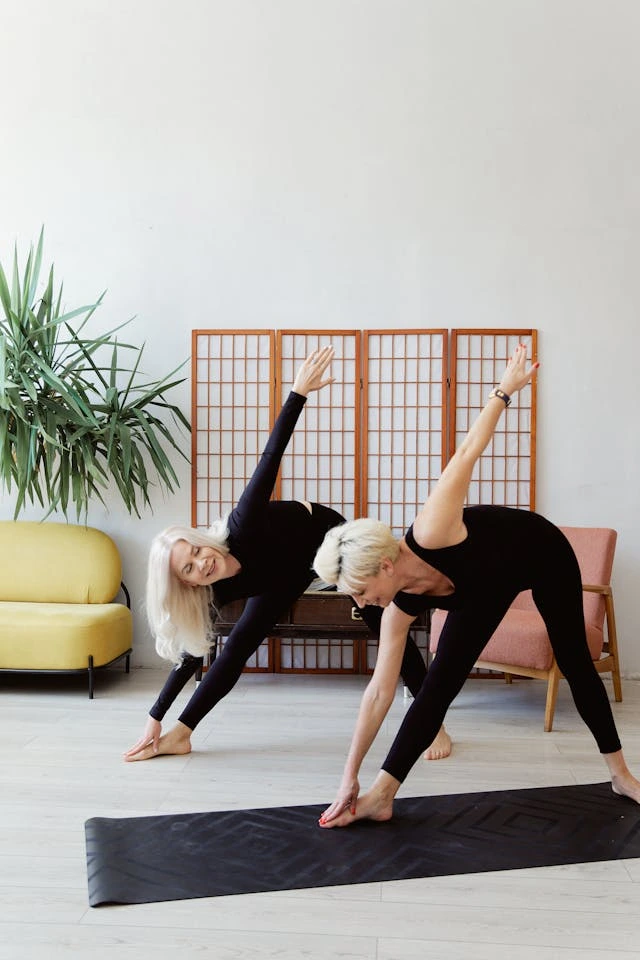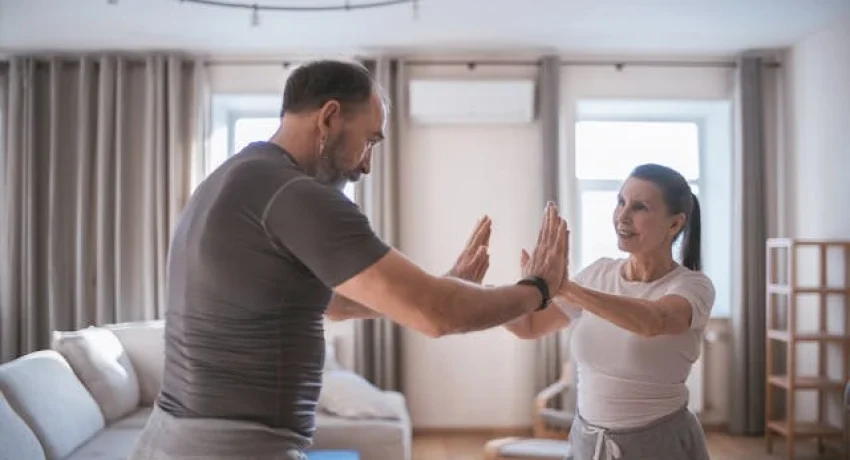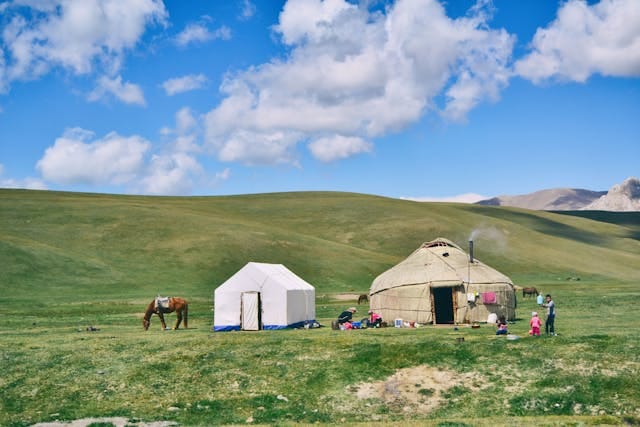2025’S BEST AND WORST EXERCISES FOR SENIORS
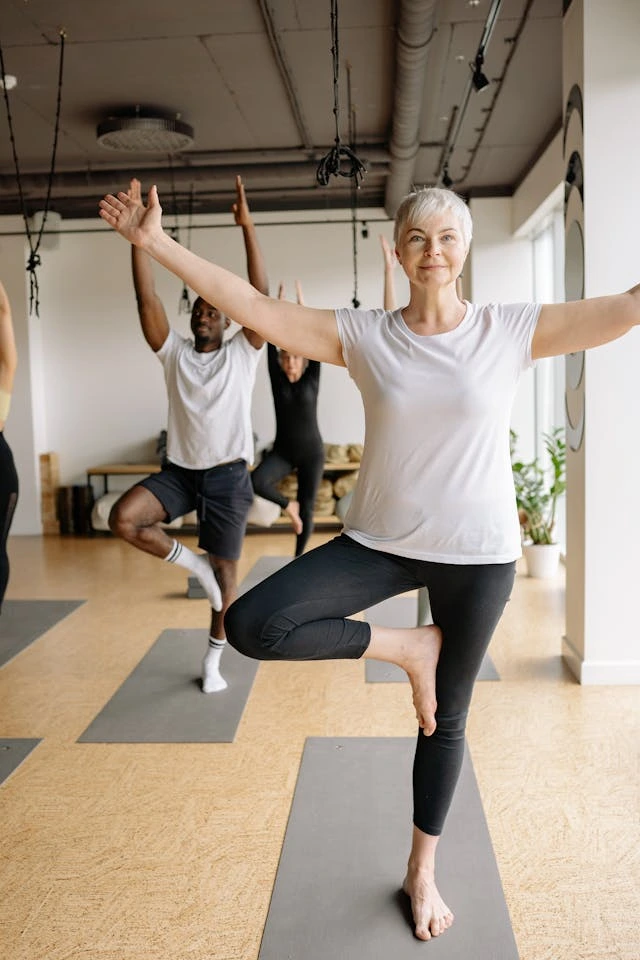
MAXIMIZE STRENGTH, BALANCE, AND LONGEVITY SAFELY
As we move through life, our bodies evolve—and so should our approach to fitness. In 2025, with nearly 1.5 billion people over 60 globally, the focus on senior health and mobility has never been more urgent. For older adults, exercise isn’t just about aesthetics or burning calories. It’s about preserving independence, maintaining cognitive function, and extending longevity.
This article, published by ecombyz, dives deep into the best and worst exercises for older adults, backed by 2025 data, science, and expert opinions. We’ll guide you through what to embrace—and what to avoid—for optimal balance, strength, and life extension.
WHY EXERCISE MATTERS MORE AFTER 60
Research from the World Health Organization (WHO, 2025) shows that adults over 65 who stay physically active have a 40% lower risk of major health complications such as stroke, dementia, cardiovascular disease, and hip fractures. Inactivity, on the other hand, is now considered one of the top five contributors to premature death worldwide.
In the age of AI and automation, physical movement is a natural antidote to our increasingly sedentary lives. For seniors, structured physical activity improves:
- Bone density
- Joint mobility
- Mental clarity
- Balance and posture
- Mood and sleep quality
But not all exercises serve older adults equally.
BEST EXERCISES FOR SENIORS IN 2025
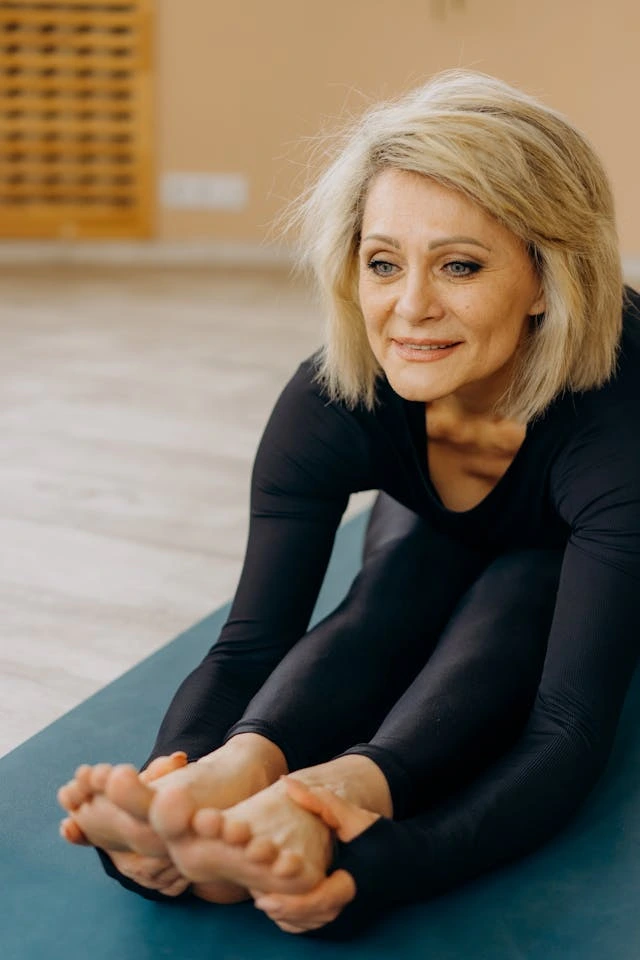
Let’s break down the top science-backed and expert-recommended exercises that help aging adults not just survive, but thrive.
1. Walking: The Underrated Champion
Still the king of low-impact movement, walking increases cardiovascular health and boosts endorphins. According to a 2025 Harvard Health Study, seniors who walk at least 30 minutes a day, five times a week, reduce mortality rates by 28%.
Why It’s Good:
- Low impact on joints
- Easy to start
- Social and flexible
Pro Tip: Use walking poles for better posture and balance.
2. Water Aerobics and Swimming
These aquatic workouts are gentle on the joints while offering full-body resistance. New AI wearables in 2025 allow swimmers to track laps, heart rate, and calorie burn in real-time—making aquatic fitness even smarter.
Why It’s Good:
- Perfect for arthritis
- Builds endurance and lung capacity
- Nearly zero risk of falling
3. Chair Yoga and Gentle Pilates
Chair yoga and Pilates target flexibility, posture, and breathing. In 2025, streaming platforms like FlexAge (a new digital fitness program for 60+ adults) report a 300% rise in chair yoga subscriptions.
Why It’s Good:
- Enhances mind-body awareness
- Reduces stress and anxiety
- Supports core strength without strain
4. Tai Chi and Balance Training
Falls are the leading cause of injury-related death among seniors. The CDC reported over 36 million falls among older adults in the U.S. in 2024. Tai Chi, practiced consistently, can reduce fall risk by 55% in just six months (CDC 2025 update).
Why It’s Good:
- Improves proprioception
- Increases confidence in movement
- Cultivates calm and mental clarity
5. Light to Moderate Strength Training
According to the American Geriatrics Society (2025), strength training just twice a week improves metabolic rate, blood sugar control, and prevents sarcopenia (age-related muscle loss).
Best Options:
- Resistance bands
- Dumbbells under 10kg
- Bodyweight squats or wall sits
Caution: Avoid ego lifting. Focus on form over weight.
6. Stationary Biking or Recumbent Bikes
Indoor biking allows seniors to stay active year-round without risking icy sidewalks or traffic. Smart bikes in 2025 come equipped with fall detection and heart-monitoring sensors tailored for older users.
Why It’s Good:
- Boosts heart health
- Zero joint stress
- Promotes leg strength and mobility
WORST EXERCISES FOR SENIORS IN 2025
Not every workout is senior-friendly. Some forms of exercise can do more harm than good, especially if mobility or bone density is compromised.
1. High-Impact Plyometrics (Jumping Exercises)
Box jumps, jump squats, or burpees can be dangerous due to sudden stress on the joints. According to a 2025 Orthopedic Research Alliance report, seniors performing high-impact plyometrics had a 5x higher risk of ankle and knee injuries.
Better Alternative: Step-ups using a low platform.
2. Heavy Weightlifting (Over 50% of Bodyweight)
Lifting heavy without proper supervision can lead to spinal compression, hernias, or joint injuries. Seniors new to resistance training should avoid bench presses, deadlifts, or Olympic lifts unless supervised by a physical therapist.
Better Alternative: Resistance bands or cable machines.
3. Long-Distance Running
While running has cardiovascular benefits, long-distance running can lead to joint degeneration, especially in the knees and hips. In a 2025 study from Johns Hopkins, seniors who ran over 20 miles a week showed a 67% higher likelihood of knee osteoarthritis.
Better Alternative: Power walking or elliptical training.
4. Crunches and Sit-Ups
These classic core exercises place strain on the cervical spine and lower back. As we age, the lumbar discs become more susceptible to herniation.
Better Alternative: Planks or pelvic tilts.
5. Hot Yoga or High-Temperature Workouts
While popular among younger adults, hot yoga can cause overheating and dizziness in older populations, particularly those with blood pressure issues.
Better Alternative: Chair yoga in a temperature-controlled environment.
EXPERT TIPS FOR SAFE SENIOR FITNESS IN 2025
START SLOW, SCALE SMART
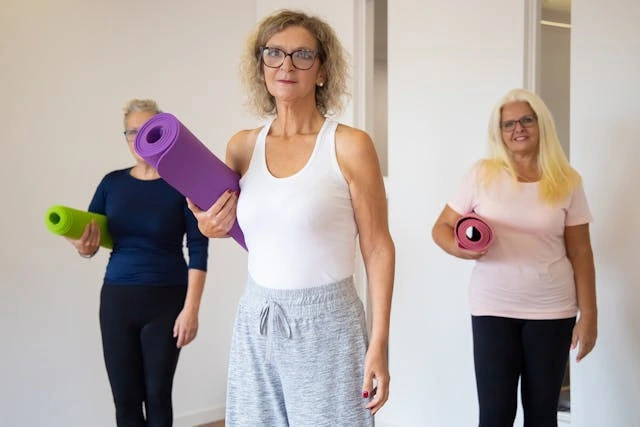
Even if you’ve been inactive for years, starting small and building up intensity can dramatically improve health outcomes. A new 2025 AARP study shows that seniors who began exercising in their 70s had similar health improvements to lifelong exercisers within 18 months.
PRIORITIZE BALANCE AND FLEXIBILITY
Balance training is crucial. Include at least three days per week of exercises focused on coordination—like heel-to-toe walking, leg lifts, or yoga poses such as the Tree.
STRETCH BEFORE AND AFTER WORKOUTS
Stretching reduces the chance of tears, stiffness, and post-workout pain. Dynamic warm-ups and static cool-downs are essential.
CONSULT A HEALTHCARE PROFESSIONAL
Never begin a new exercise regimen without medical clearance. Tailoring activity to individual conditions like arthritis, diabetes, or heart disease is non-negotiable.
LONGEVITY AND EXERCISE: THE CENTENARIAN CONNECTION
A global longevity survey conducted by Blue Zones International in 2025 revealed that over 89% of centenarians cited daily movement as a core part of their lifestyle. But none of them were hitting the gym or running marathons—they were gardening, walking, doing tai chi, or dancing.
Movement doesn’t have to be brutal to be effective. In fact, gentle consistency beats intense infrequency every time.
DIGITAL TOOLS SUPPORTING SENIOR FITNESS IN 2025
Thanks to tech innovation, seniors today have smarter support systems than ever before.
AI PERSONAL TRAINERS
AI fitness platforms like SilverMotion use motion tracking to give real-time form corrections and adapt routines for arthritis or mobility challenges.
SMART WEARABLES
Smartwatches like the FitCare Pro+ monitor heart rate variability, step count, hydration reminders, and even detect falls—sending alerts to caregivers.
TELEHEALTH AND VIRTUAL CLASSES
On-demand Zoom workouts designed specifically for 60+ demographics are booming. A 2025 report from Global Digital Health estimates senior participation in virtual fitness grew by 214% since 2022.
FINAL THOUGHTS: BUILD A LIFELONG MOVEMENT HABIT
Whether you’re 60 or 90, it’s never too late to start. The goal isn’t to be ripped, it’s to remain functional, joyful, and mobile. Choose exercises that empower—not exhaust—you. Prioritize safety. Invest in consistency. And always listen to your body.
At ecombyz, we believe that a well-informed, balanced approach to exercise can unlock years—if not decades—of quality life.
SUMMARY TABLE: BEST VS. WORST EXERCISES FOR SENIORS
| Category | Best Choices | Avoid These |
| Cardiovascular | Walking, swimming, cycling | Long-distance running |
| Strength Training | Light weights, resistance bands | Heavy lifting, deadlifts |
| Flexibility/Balance | Chair yoga, Pilates, Tai Chi | Hot yoga, unsupported balancing |
| Core Workouts | Planks, bird dogs, pelvic tilts | Sit-ups, crunches |
| Overall Safety | Supervised, progressive, low-impact routines | Unsanctioned, high-impact workouts |
If you’re ready to create your senior fitness routine, start with the exercises that nurture—not punish—your body. Bookmark ecombyz for expert guidance on aging well in 2025 and beyond.
